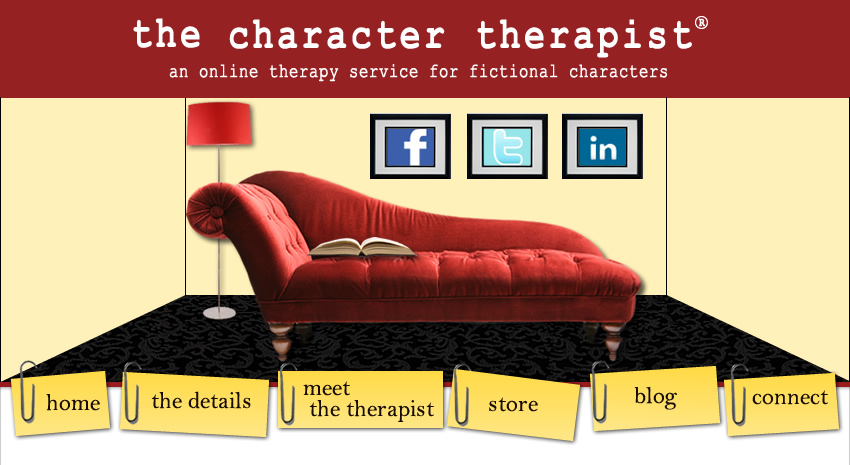Spoken communications have two aspects according to family systems theorists:
1) Content aspect: This is the actual information being passed along. "I like that red blouse you got last Christmas."
2) Relationship aspect: Depending on the context of the situation and inflection in the voice, the informative statement above could be a command from husband to wife to wear that particular blouse to his parent's home that evening. This type of message would define the relationship in some way.
The wife then can either confirm the definition and wear the blouse or attempt to redefine the relationship by ignoring his statement to convey that he has no control over what she wears. Or, if her husband said this after she had finished dressing in that very top, then she could simply say thanks to his compliment.
The Relationship aspect of communication falls into what the writing world calls "subtext."
Subtext can be determined by the character's inflection, tone, and volume. If the husband's words from the example above were spoken with sarcasm, then it would be apparent that he didn't like the blouse at all. If he said it with a sexual connotation, then his meaning would also be clear.
Subtext can also be discovered by a character's body language, which includes facial expressions. If the husband said this while buried under newspapers or yelling it over the blare of the television, this would carry a different meaning than if it he was fingering the blouse in the closet or massaging his wife's shoulder's after she had the blouse on. Likewise if he said it with a grimace or a leer, that would also convey subtext outside of the actual words.
Next time you're writing in dialogue, try to stay away from too much WYSIWYG dialogue, as Brandilyn Collins calls it in her book, Getting Into Character










1 comment:
Ah, good insight. I think the story would be greatly enhanced through dialogue with deeper meaning than just what was in plain sight. After all our real life relationships are very complex - and so should our characters. Thank you for suggesting another facet. Also, have a wonderful holiday weekend.
Post a Comment
Both comments and questions are welcome. I hope you enjoyed your time on the couch today.